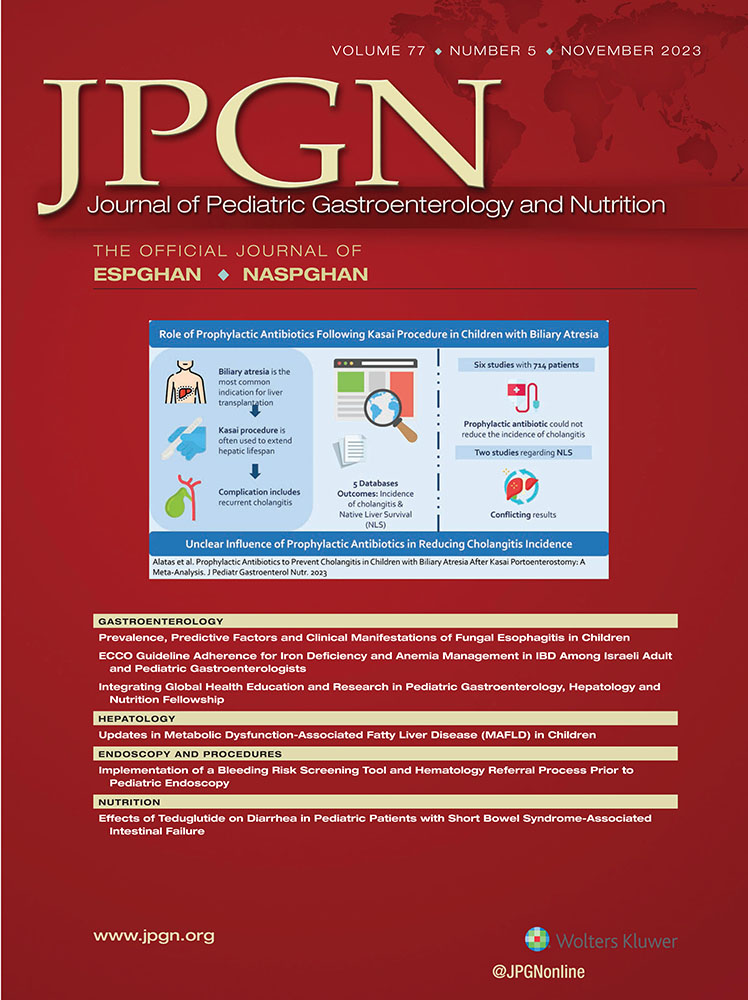Helicobacter pylori Antimicrobial Resistance Using Next-Generation Sequencing in Stool Samples in a Pediatric Population
The authors report no conflicts of interest.
Supplemental digital content is available for this article. Direct URL citations appear in the printed text, and links to the digital files are provided in the HTML text of this article on the journal's Web site (www.jpgn.org).
Sources of Funding: This study was supported by Boston Children's Hospital Medical Staff Organization Faculty Innovative Research Grant.
Abstract
Helicobacter pylori (H pylori) eradication rates have declined globally, stressing the importance of antimicrobial susceptibility testing to inform treatment. Molecular tests such as next-generation sequencing (NGS) provide susceptibility data for the antibiotics used in the treatment of H pylori in a noninvasive, effective, and rapid manner. We obtained stool susceptibility testing using a novel NGS-based analysis and compared results with the current “gold standard” of gastric biopsy culture via agar dilution in 20 pediatric patients with evidence of H pylori in gastric biopsies. Stool NGS-based antimicrobial susceptibility analysis was highly concordant with agar dilution for no resistance (100% agreement), as well as clarithromycin, levofloxacin, and amoxicillin resistance (100%, 67%, and 100% agreement, respectively) but not concordant for metronidazole in our cohort of patients. Future studies involving a larger number of patients and geographical regions are needed to further validate this analysis.




